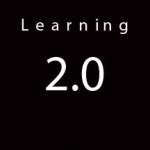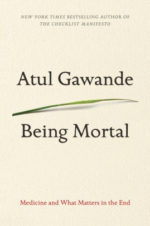Why Now? The Dark Days Possibilities of Learning 2.0
Posted on | April 9, 2011 | Comments Off on Why Now? The Dark Days Possibilities of Learning 2.0
 [A revised version of this post appears in Thoughts on Public Education.]
[A revised version of this post appears in Thoughts on Public Education.]
As I was thinking about writing this post, my attention wandered (yes, it does) to Stephen Sawchuk’s Education Week story about Monica Iñiguez, a 4th grade teacher in Los Angeles Unified who has received her third budget-driven pink slip in six years of teaching. Her husband got one, too, and their house is in escrow. When times are so dire—19,000 of Iñiguez’s fellow California teachers got layoff notices—how is it possible to think positively about public education’s future? That is what I advocate in my series Learning 2.0.
The answer is that this is the very best time to think, plan, scheme, and politic about the future of public education. Three aspects of the current condition make it so:
First, the mind and psyche need to flee the darkness. At historic times of darkness, we seek the light, because doing so give us hope. The 37th Congress meeting in the depths of the Civil War, passed the Morrill Act that underwrote public colleges and universities across the country, the Homestead Act that opened land west of the Mississippi to settlement, and the Pacific Railroad Act provided funds to link the coasts.
Second, it takes the opportunity to build differently. When times are flush, the public instinct is to do more of the same rather than to design something new. During California’s last big period of flush budgets, it poured billions into unsustainable class size reductions. Those funds may have temporarily helped a cohort of students—some of the same students that are now being frozen out of places at the state’s college and university system because of cutbacks—but they didn’t fundamentally change or challenge.
Third, thinking anew is the first stage of political action. Public education, particularly in the cities, has become a bad brand, something that no one wants to buy. Only with a better idea and a clear notion of how to move toward it will it be possible to move forward.
Monica Iñiguez needs a good, steady job. The best way we can help her protest is to help design a better system of public education. Consider Learning 2.0.




